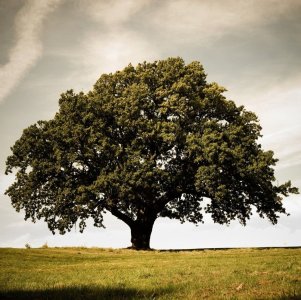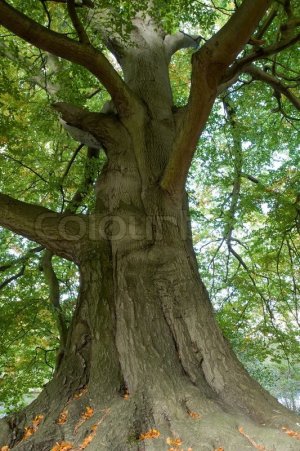It‘s one of those things that the variety of mostly environmental focused tutorials did not bother with. I had seen some brief talk in an advanced environmental artist tutorial about blocking-in levels but brushes were not demoed but may have been mentioned, but at first exposure, I would not have guessed they were geometric shapes based on the name “brush“.I thought you knew about those. Brushes (aka mesh primitives in everything-else) have been around since the Unreal 1 days. It's how they used to build whole levels back in the long ago.
This UE5 beginner course as just a part, describes them and how to use them, and why they are good for roughing in a level because they are fast. Even textures can be applied to them. In the UE editor in the “place actor” section there is one part categorized as meshes (static meshes- basic shapes, cube, cylinder, cone) and another category called geometry where these brushes can be found (basic shapes- cube, cylinder, cone, stairs, curved stairs).
I need more exposure to them, working with them, and I think this would pop up in one of the architectural layout courses.
Now maybe there is more to come in this course, but what I’m not seeing so far (which might not be covered) is that after a level is laid out using brushes, just how crude does it stay, how complex would an artist try to make and represent, a structure using brushes and later just how hard is it to change them over to meshes of the same size, the exact same size, or are they used just as approximations? Rhetorical.
The author shows how a simple shape like a cube, can be hollowed out, doors and windows placed (cut out) using negative brushes. My question is this just a rough approximation of a layout, or would the intent to replicate the exact sizes of these cubes as the outer perimeter of a more complex structure? Would a complex building be represented as just be a cube, or a combination of cubes, or using the positive and negative qualities of brushes, would complex structures be crafted using brushes. And then how much of that info would be used to model a complex building In the third party modeling program. Answers to be found.
Last edited:







